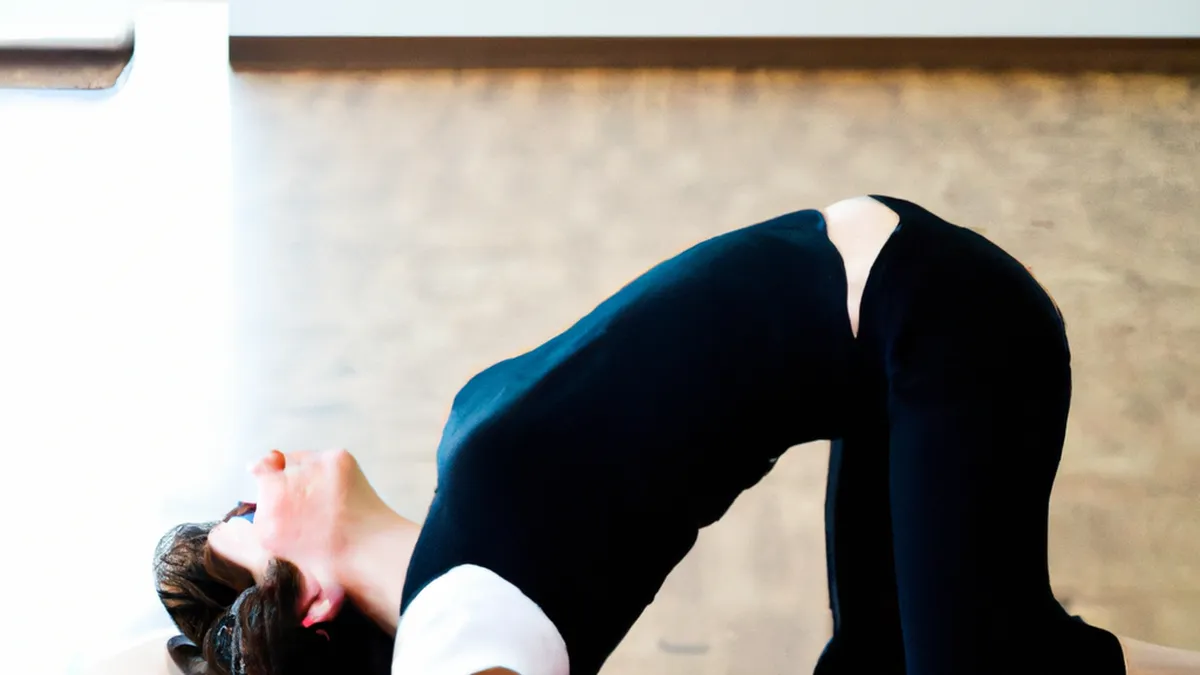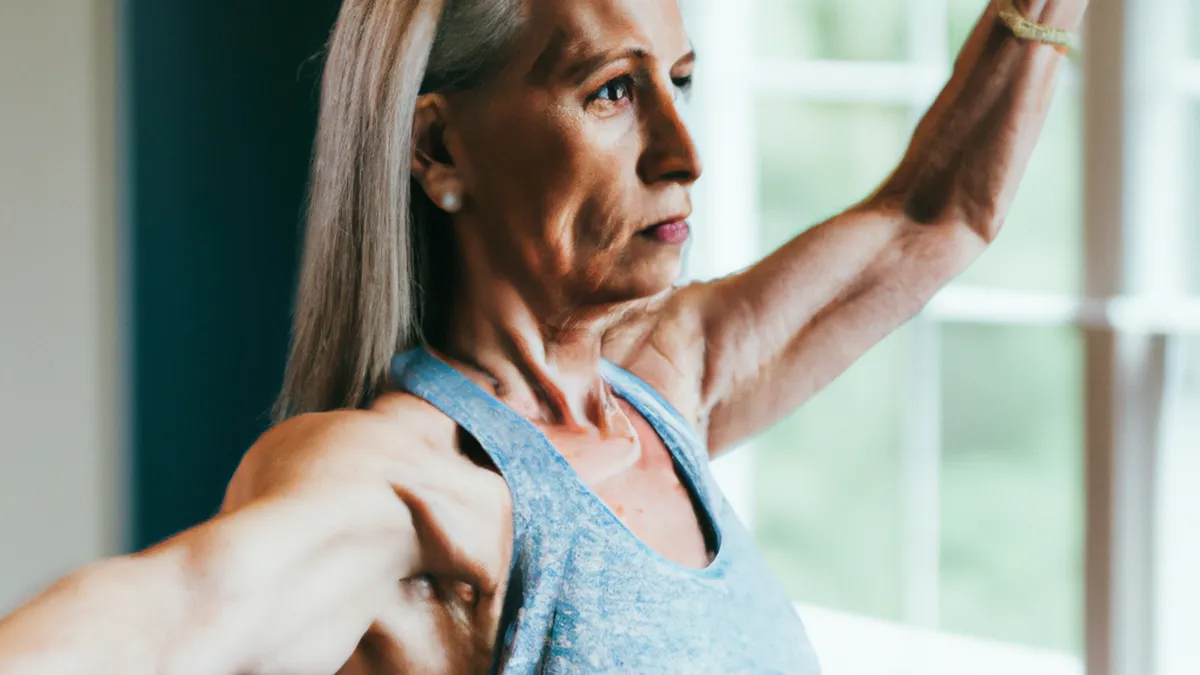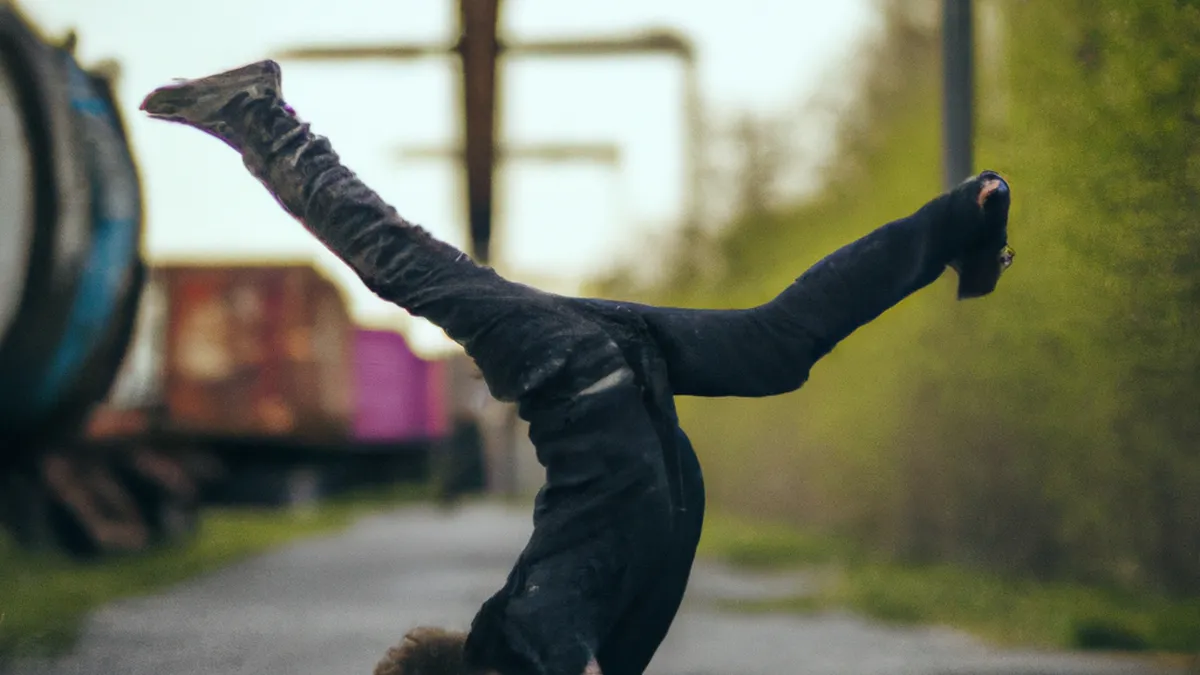Advanced Techniques for Scoliosis Management
Addressing Scoliosis Through ExerciseScoliosis affects spine curvature, causing discomfort, pain, and mobility issues. Fortunately, exercise can help manage scoliosis effectively. Targeted activities improve posture and strengthen muscles. This blog post explores effective exercises, implementation tips, and exercise benefits for scoliosis.
Understanding Scoliosis
Scoliosis commonly develops during childhood or adolescence, but adults can also experience it. The spine may curve into an “S” or “C” shape, causing various symptoms. Some individuals experience mild symptoms, while others face severe pain or muscle tightness.Exercise alleviates these symptoms by strengthening spine-supporting muscles and improving flexibility. Regular physical activity boosts overall health. However, not every exercise suits individuals with scoliosis, making it vital to choose the right activities.
Tips for Choosing Exercises
As an Amazon Associate I earn from qualifying purchases.
Gear tip: consider stretching strap, yoga blocks, and mobility sliders to support this topic.
Consider these tips when selecting exercises for scoliosis:1. **Consult a Professional** Always consult a healthcare professional before starting an exercise routine. A physical therapist can provide personalized recommendations tailored to your needs.2. **Focus on Core Strength** Strengthen your core muscles for spinal support. Exercises like planks, bridges, and abdominal crunches enhance core stability, maintaining proper posture and reducing spinal strain.3. **Incorporate Flexibility Exercises** Flexibility exercises improve range of motion. Stretching your back, hips, and legs reduces muscle tightness. Try yoga or Pilates for flexibility and strength.4. **Use Resistance Training Carefully** Resistance training builds muscle strength. Use light weights and focus on form, avoiding exercises that excessively twist the spine. Prioritize safety and control during workouts.
Effective Exercises for Scoliosis
Here are effective exercises to consider:
Cat-Cow Stretch
The Cat-Cow Stretch improves spinal flexibility. Start on all fours. Inhale, arch your back (Cow), then exhale, round your spine (Cat). Repeat 10-15 times.
Side Plank
The Side Plank strengthens oblique muscles. Lie on your side, supporting your body with your forearm. Keep your body in a straight line. Hold for 15-30 seconds on each side, gradually increasing duration.
Seated Forward Bend
The Seated Forward Bend enhances flexibility in your back and hamstrings. Sit with legs extended. Inhale, lengthen your spine, exhale, and reach toward your toes. Hold for 15-30 seconds, breathing deeply.
Bird-Dog Exercise
This exercise improves balance and core strength. Start on all fours. Extend your right arm and left leg simultaneously. Hold for a few seconds, then switch sides. Repeat 10 times on each side.
Wall Angels
Wall Angels promote proper posture. Stand with your back against a wall. Raise your arms to form a “W” shape. Slide your arms up and down while keeping contact with the wall. Perform 10-15 repetitions.
Benefits of Exercise for Scoliosis
Regular exercise offers numerous benefits for individuals with scoliosis:1. **Improved Posture** Exercise strengthens muscles supporting proper posture, leading to better alignment.2. **Reduced Pain** Strengthening muscles around the spine decreases pain. Stretching alleviates tension and discomfort.3. **Enhanced Flexibility** Regular stretching and mobility exercises improve flexibility, leading to better movement and reduced stiffness.4. **Boosted Confidence** Increased strength and flexibility can enhance confidence, positively impacting mental well-being.5. **Increased Mobility** Exercise maintains or improves mobility, allowing individuals to perform daily activities more easily.
Conclusion
Addressing scoliosis through exercise proactively manages the condition. By choosing appropriate exercises, individuals can strengthen muscles, improve flexibility, and enhance overall well-being. Always consult a healthcare professional before starting any exercise routine. With guidance and commitment, you can achieve a healthier spine and a more active lifestyle. Remember, every small effort counts!
Below are related products based on this post:
FAQ
What is scoliosis?
Scoliosis is a condition that affects the curvature of the spine, causing it to curve into an “S” or “C” shape. It can develop during childhood or adolescence, but adults may also experience it. Symptoms can range from mild discomfort to severe pain and mobility issues.
How can exercise help with scoliosis?
Exercise can effectively manage scoliosis by strengthening the muscles that support the spine and improving flexibility. Targeted activities can alleviate symptoms, enhance posture, and promote overall health. However, it’s important to select appropriate exercises tailored to individual needs.
What types of exercises are recommended for scoliosis?
Recommended exercises for scoliosis include core-strengthening activities like planks and bridges, flexibility exercises such as yoga and Pilates, and specific movements like the Cat-Cow Stretch and Bird-Dog Exercise. Always consult a healthcare professional for personalized recommendations before starting any routine.















Post Comment